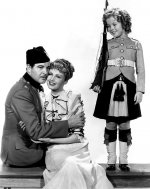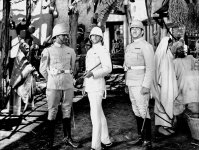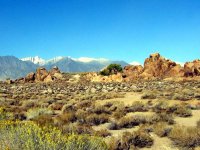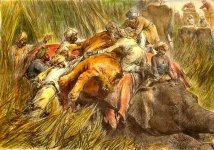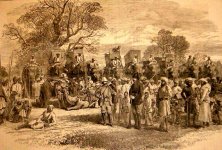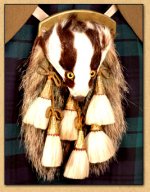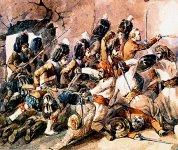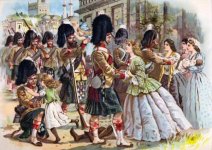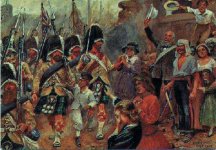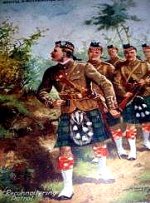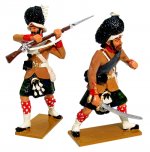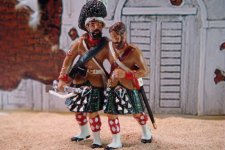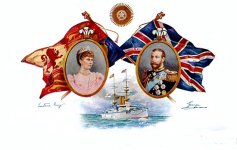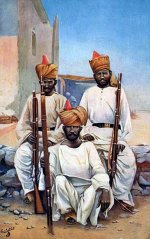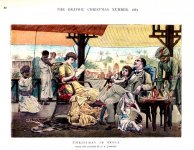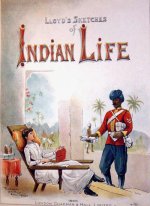Sketches of Indian Life (1890)
W.W. Lloyd
Introduction:
We have already looked at the work of William Lloyd, the soldier-artist who had served in the Zulu War of 1879 and published a book of his illustrations from that conflct called “On Active Service”. In our Indian thread we saw some of the work he did for the P & O Steamship line called P & O Pencillings which documented his voyage to India in 1890. Now I want to look at his other publication from that trip: Sketches of Indian Life published in 1890 by Chapman & Hall, London. The book consists of an illustrated cover and 17 other color illustrations of his impressions of his visit to India. The book records his selective views of the Indian and British inhabitants and their interaction during the late Victorian era. He highlights such standard subjects as British club life, hunting, vacationing in cool mountain retreats, the military, and the relationship between the native Indians and their British rulers and visitors. The book offers a cross-section of what Anglo-Indian life in the “Jewel in the Crown” was like during the Raj era of High Empire. The illustrations sometimes include examples of British condescension towards the indigenous population and a number of stereotypes typical of the period and its views about non-Western peoples. The British who went to India during this period found themselves in an environment of new sights, sounds, and smells. Some of that experience is captured for us in Lloyd’s book.
To put the book in context, here are selected events from the 1890s
1890:
Publication of Alfred Thayer Mahan’s The Influence of Seapower Upon History
Battle of Wounded Knee
Cecil Rhodes becomes Prime Minister of the Cape Colony
1892
Kipling publishes Barrack Room Ballads which includes the poem "Gunga Din"
1893 Wm. Britain established
1896 C.E. Callwell’s Small Wars* published.
*“Originally published in 1896, Small Wars is an ambitious attempt to analyze and draw lessons from Western experience in fighting campaigns of imperial conquest. The quality of C. E. Callwell’s analysis, the sweep of his knowledge, and his ability to integrate information from an impressive variety of experiences resulted in Small War’s reputation as a minor classic. r32;r32;For the historian, Small Wars remains a useful and vital analysis of irregular warfare experiences ranging from Hoche’s suppression of the Vendée revolt during the French Revolution, to the British wars against semi-organized armies of Marathas and Sikhs in mid-nineteenth-century India, to the Boer War of 1899–1902.”
1898 Spanish American War
1899 Boer War
1.Cover
The Colonel’s post orderly. Native…..*
Where the word is illegible or cut off I have left blanks in the labels throughout.


